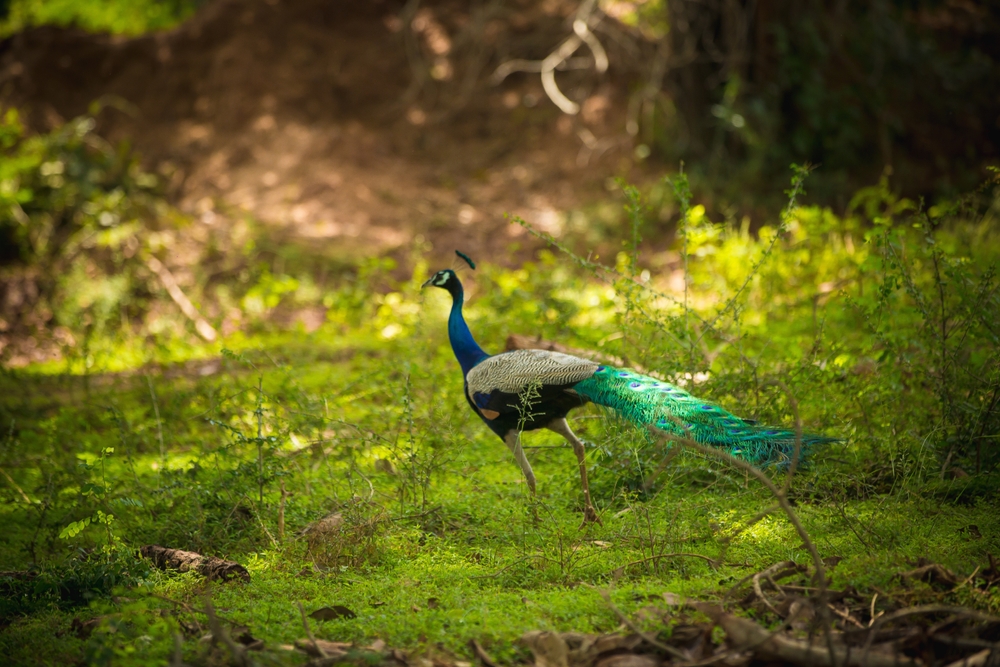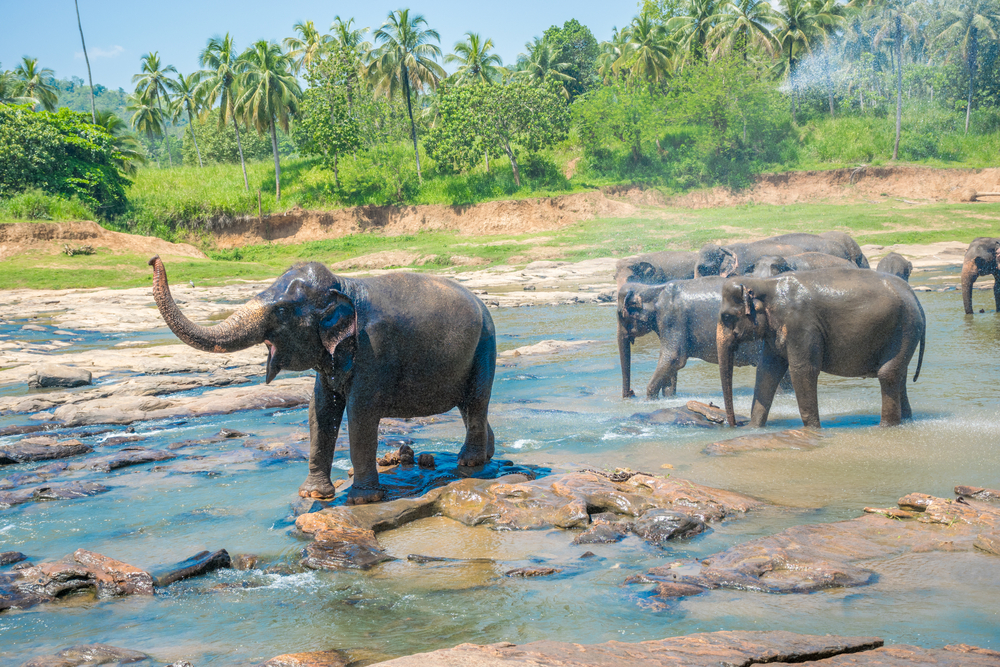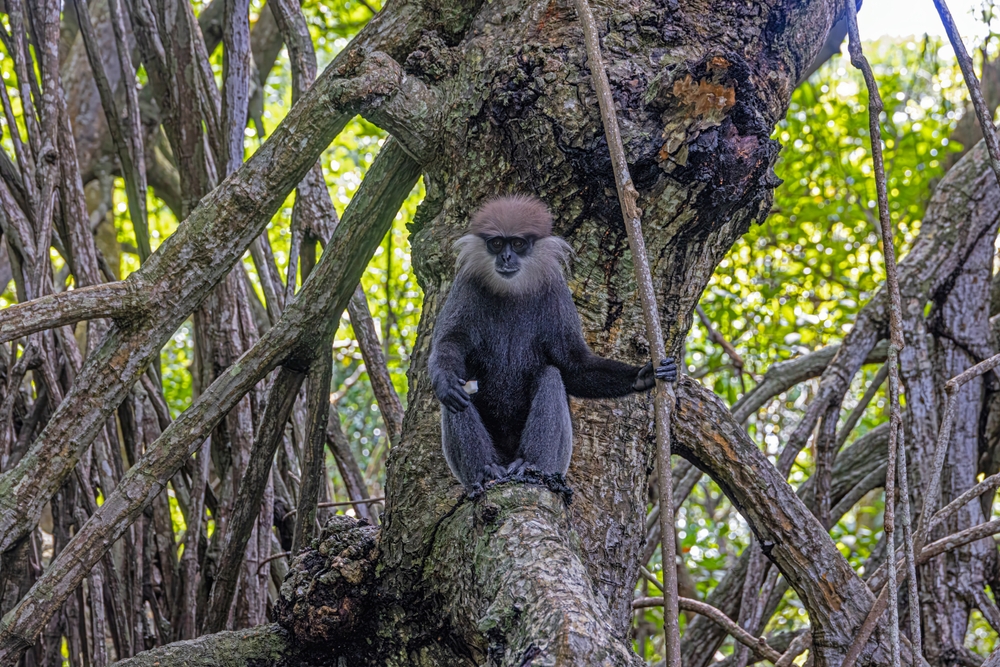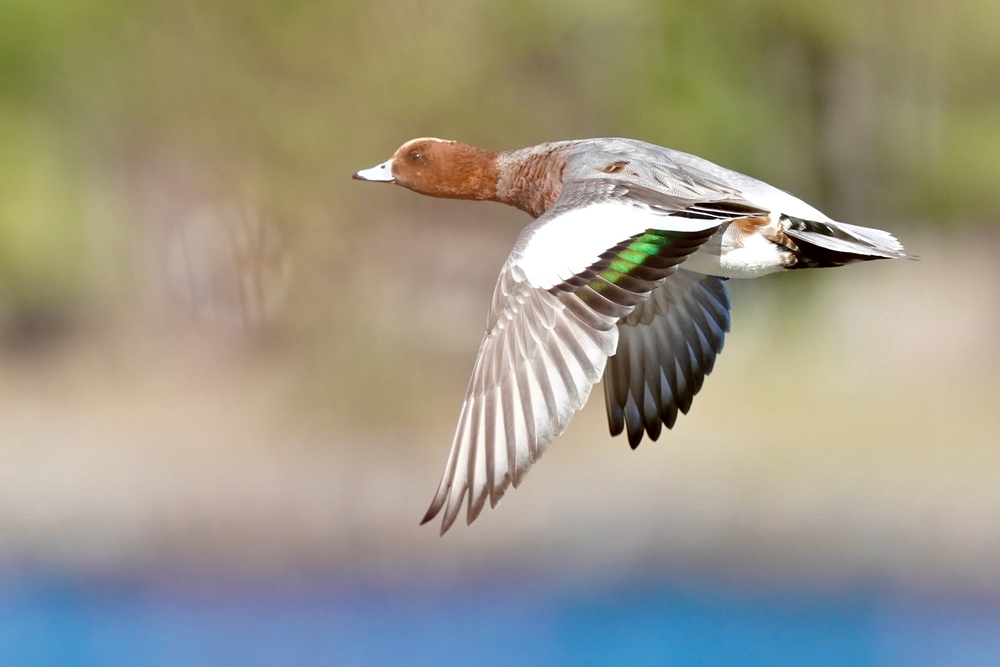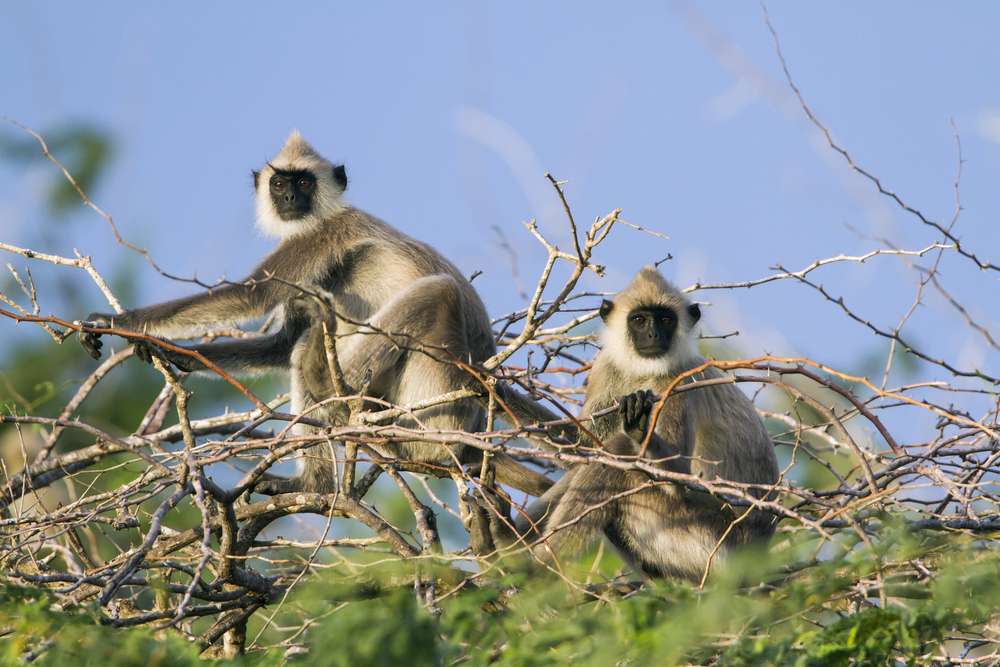Lunugamvehera Overview
Lunugamvehera National Park, known locally as ලුණුගම්වෙහෙර ජාතික උයන, is located in the southern province of Sri Lanka. Covering an area of approximately 91.23 square miles (236.84 square kilometers), the park plays a critical role as a sanctuary for wildlife and as a key ecological link between the Yala National Park and Udawalawe National Park. It is situated in the Monaragala and Hambantota districts, offering visitors an authentic and immersive experience in Sri Lanka’s diverse natural heritage. This dry-zone national park is named after the Lunugamvehera Reservoir, which dominates much of its landscape and supports a thriving ecosystem.
The terrain of Lunugamvehera National Park is primarily flat, with occasional rocky outcrops punctuating the landscape. The park features extensive dry evergreen forests interspersed with grasslands and scrublands, creating a mosaic of habitats. The Lunugamvehera Reservoir and smaller water bodies scattered throughout the park are lifelines for the wildlife, particularly during the dry season. The vegetation here includes trees such as weera (Drypetes sepiaria), palu (Manilkara hexandra), and kumbuk (Terminalia arjuna), alongside an understory of shrubs and grasses that sustain the park’s herbivorous species.
Wildlife is abundant in Lunugamvehera National Park, with its role as a corridor for migratory species adding to its ecological significance. Elephants are one of the star attractions, and the park serves as a refuge for a considerable population of these majestic mammals. Other large mammals include leopards, sloth bears, and sambar deer, while smaller species such as wild boar, spotted deer, and langurs also thrive. Bird enthusiasts will find the park a haven, with over 180 species of birds recorded, including painted storks, Sri Lankan junglefowl, and Malabar pied hornbills. Reptiles like the mugger crocodile and various snake species also inhabit the park, contributing to its biodiversity.
Visitors are drawn to Lunugamvehera for its tranquil ambiance and opportunities for wildlife sightings. Jeep safaris are the most popular way to explore the park, allowing visitors to traverse its rugged tracks while encountering wildlife up close. The reservoir adds another dimension to the visitor experience, offering picturesque views and serving as a hotspot for birdwatching. Lunugamvehera’s relatively undisturbed environment makes it an excellent destination for those seeking a quieter alternative to the more frequented Yala National Park.
Conservation is central to the park’s management, with efforts focused on mitigating human-wildlife conflicts and protecting elephant corridors that are crucial for the species’ survival. Challenges include encroachments and poaching, but the park has seen successes through community involvement and increased monitoring. Lunugamvehera National Park stands as a testament to Sri Lanka’s dedication to preserving its natural heritage, offering visitors a chance to connect with nature while supporting vital conservation efforts.








































































